No products in the cart.
Inclusive Teams
There is a lot written about the value of diversity on teams. However, just because the team is diverse does not mean that it is inclusive.
Diversity – having people on the team representing different races, ethnicities, genders, ages, ideas and so on. Diversity is about representation of differences.
Inclusive – It doesn’t matter how diverse a team is, the way that the team interacts and behaves together determines whether it’s inclusive. To be inclusive, respect of differences and appreciation of the individual team members strengths is essential.
A CEO shared her story contrasting teams she was part of at two different Fortune 500 organizations. The first organization was less diverse in appearance but more inclusive of the ideas and input of team members. The second organization was extremely diverse, but each group remained in a silo and the teams were not inclusive. Team members did not interact in a way that honored each other’s differences. Small factions arrived and departed from meetings together. They did not socialize or interact with people who were different. They were diverse but not inclusive.
A few points for consideration in developing an inclusive team:
- Clarify What Matters – it’s great to say that you must value and respect everyone. What does that really mean? How will you demonstrate this through words and actions?
- Create a Constructive Culture – culture defines “what’s expected.” Are there clear expectations for team behaviors that encourage members to speak up about ideas, opportunities, problems, and mistakes, and to engage in healthy debate? If you aren’t intentionally creating this culture, then you will end up with an accidental or even a hypocritical team culture.
- Define and Align Team Norms – document and share the unwritten rules with all team members. If the “rules of engagement” aren’t written anywhere, and are treated as understood, it can be more challenging for new members of diverse groups to understand and follow them which puts them at a disadvantage. Once the rules of engagement are defined, be clear on what happens when someone does not follow the rules. They are suggestions, not rules, if they aren’t enforced.
Consider how you can foster an inclusive work culture where uniqueness of beliefs, backgrounds, talents, capabilities, and ways of living are welcomed and leveraged for learning and informing better business decision making. Inclusive teams create a sense of belonging for all members.


